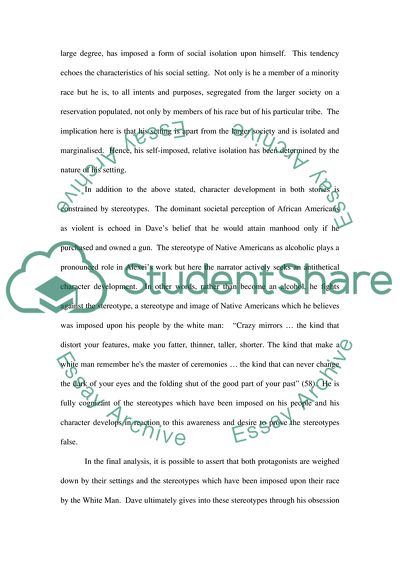Comparison of Wrights The Man Who Was Almost A Man and Alexeis Lone Essay. Retrieved from https://studentshare.org/literature/1543988-character-essay
Comparison of Wrights The Man Who Was Almost A Man and Alexeis Lone Essay. https://studentshare.org/literature/1543988-character-essay.


